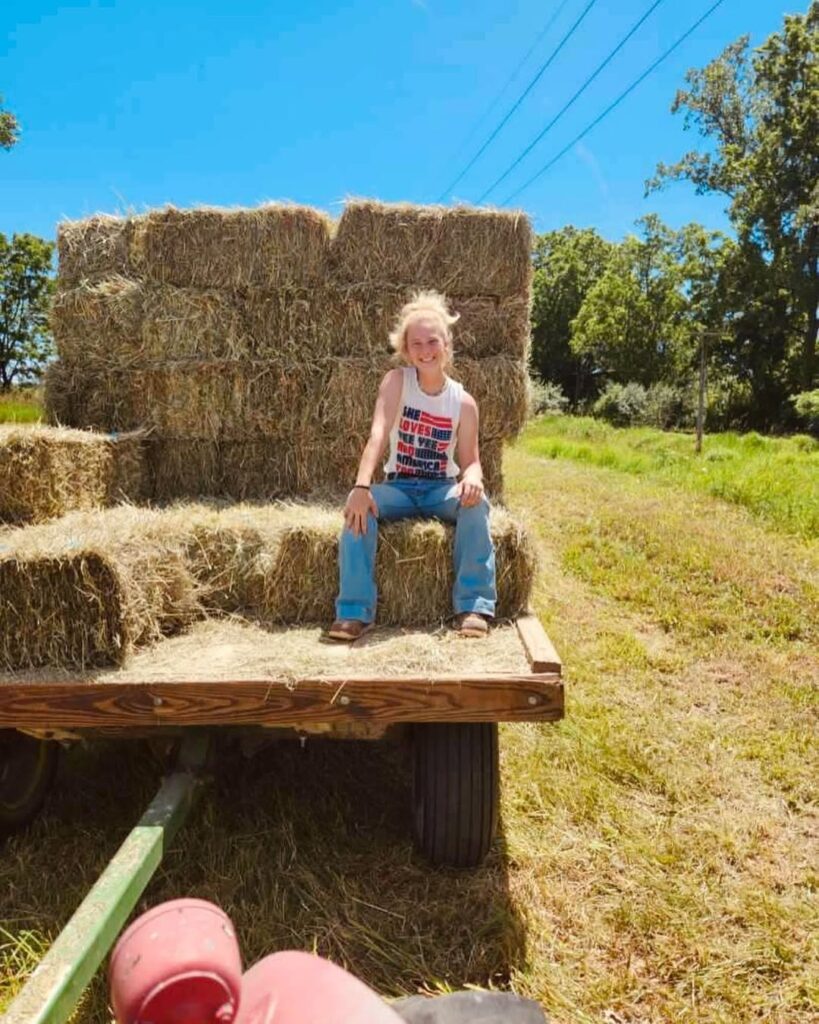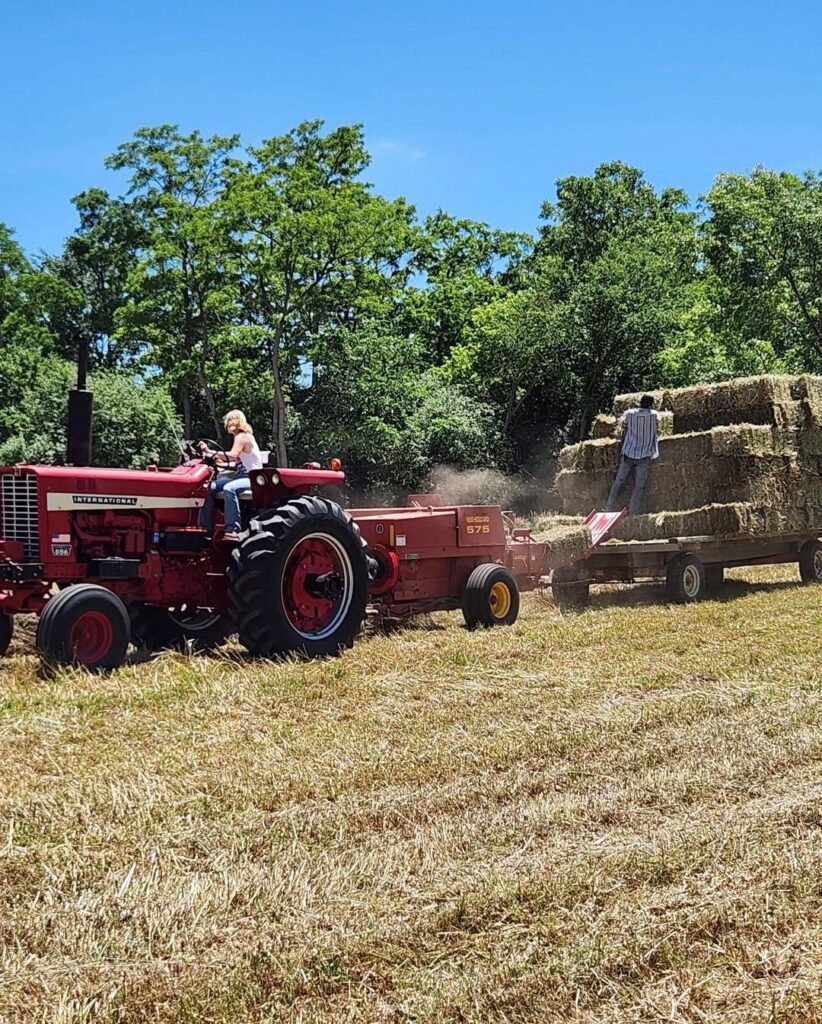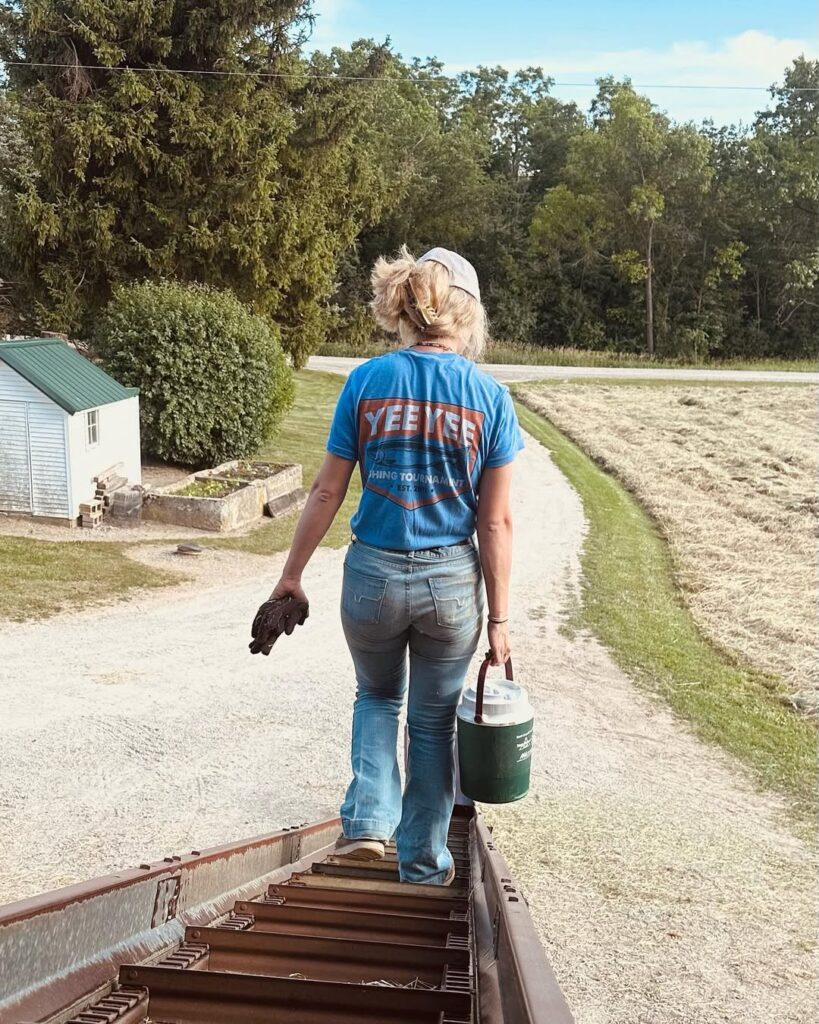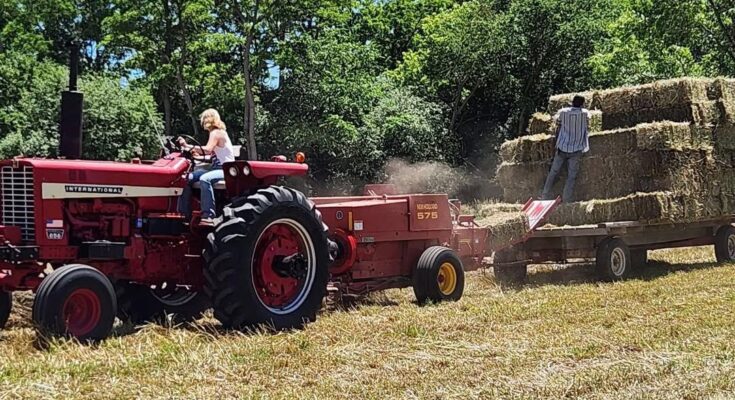In modern agriculture, the use of technology has transformed the way people work and live. One of the most revolutionary pieces of machinery in this transformation is the tractor. Originally developed to replace animal power in the fields, the tractor has become a cornerstone of efficient, large-scale farming. The benefits it brings are numerous, but perhaps the most important is its ability to significantly reduce human labor. From plowing to planting to harvesting, the tractor lightens workloads, increases productivity, and makes farming more sustainable and economically viable.

1. Historical Background: Before the Tractor
Before tractors were introduced, farmers relied on manual labor or animal power—oxen, horses, or buffaloes—to plow the land. This method was slow, exhausting, and often required many workers to cover even a small area. A single field could take several days to prepare using traditional methods. Rainy seasons and droughts further complicated this process, and if workers fell ill or animals were injured, the entire farming operation could be delayed.
Farmers often had to hire additional laborers during peak seasons, which increased costs and reduced profit margins. In addition, repetitive manual labor could lead to physical strain, injury, and long-term health problems for workers.
The invention and widespread use of the tractor changed all of that.
2. How Tractors Reduce Human Labor
Tractors are powerful machines designed to perform multiple farming tasks quickly and efficiently. They come in various sizes and horsepower levels to match different kinds of work. Let’s explore how they help reduce human labor in key agricultural activities.

A. Plowing and Tilling
Plowing the land prepares the soil for planting by turning it over and breaking it up. This used to be one of the most labor-intensive tasks in farming. With a tractor and plow attachment, a job that once took days can now be completed in a few hours. A single operator can manage acres of land alone, eliminating the need for dozens of workers.
B. Planting Crops
Precision seeders and planters can be attached to tractors, allowing seeds to be sown uniformly and quickly. This not only saves time but also improves crop spacing, which results in better yields. Manual planting is slow, uneven, and tiring. Using a tractor ensures consistency and speed, reducing the need for laborers to bend, walk long distances, or dig by hand.
C. Harvesting
Harvesting is perhaps the most labor-demanding part of farming. It requires speed and timing to ensure crops are picked at peak ripeness. Tractors can be fitted with harvesting attachments like combine harvesters or balers, which can reap, thresh, and clean grains in a single operation. One person with a modern tractor can do the work of twenty people in a fraction of the time.

D. Transport and Hauling
After crops are harvested, they need to be moved to storage or markets. Tractors can pull heavy trailers loaded with tons of produce, equipment, or supplies. This means fewer workers are needed to carry or transport goods manually. In rural areas where road conditions may be poor, tractors also serve as essential transport vehicles.
3. Economic Benefits of Labor Reduction
By reducing the amount of manual labor needed, tractors help lower the overall cost of farming. Fewer workers need to be hired during planting and harvest seasons, which means less money is spent on wages. This is especially important in countries where labor shortages or high wage demands make manual farming less viable.
In family-run farms, the introduction of a tractor allows farmers to manage the land with minimal outside help. This reduces dependency on seasonal labor, cuts operational costs, and allows families to focus on managing and improving their farm businesses.
Tractors also help maximize time efficiency. Tasks can be completed faster, giving farmers more time to plan, market, and improve other aspects of their operations.

4. Impact on Worker Health and Safety
Manual farm labor is physically demanding and can be dangerous. Prolonged bending, heavy lifting, and exposure to harsh weather conditions often lead to fatigue, muscle strain, and long-term injuries. Using a tractor removes much of this physical burden.
Farm workers who once had to carry out repetitive, physically intense tasks can now operate machinery from the comfort and safety of a tractor cab. Modern tractors are equipped with air conditioning, ergonomic seats, and safety features that protect operators from injury and fatigue.
By reducing the need for harsh physical labor, tractors improve the overall health, well-being, and morale of workers in the agriculture industry.
5. Challenges and Limitations
While the advantages of tractors are clear, there are also challenges to consider. Tractors require a significant investment, and not all small farmers can afford them. In addition, operating and maintaining a tractor requires training and mechanical knowledge. Fuel costs, repairs, and spare parts can also be expensive.
Moreover, in communities where jobs are scarce, replacing human labor with machines can lead to unemployment if not balanced properly. Governments and communities need to ensure that as technology advances, new opportunities for training, education, and skilled labor are created.

6. Tractors and the Future of Farming
As technology continues to evolve, tractors are becoming even more powerful and efficient. Many modern tractors now come with GPS systems, automated steering, and smart sensors. These innovations are part of a movement known as precision agriculture, which aims to make farming even more efficient and environmentally friendly.
Autonomous tractors—machines that can operate without a driver—are also being developed. These machines promise to further reduce the need for human labor in repetitive tasks while increasing accuracy and productivity.
For developing nations, increasing access to tractors and farming equipment could be key to improving food security and economic development. Governments and NGOs are working on initiatives to provide affordable tractors to smallholder farmers, along with training and support.

Conclusion
The tractor is much more than a machine—it is a symbol of progress in agriculture. By significantly reducing the need for human labor, it has freed farmers from grueling manual work, increased productivity, and contributed to the modernization of farming worldwide.
Whether plowing a field, planting rows of crops, or harvesting tons of produce, the tractor empowers one person to do the work of many. It brings speed, precision, and efficiency to every stage of food production. While challenges remain in cost, access, and training, the long-term benefits of using tractors are undeniable.
In a world where food demand is rising and labor shortages are increasing, tractors—and the innovation they represent—are essential tools for feeding our growing population and supporting the people who grow our food.
Word count: ~1,030
Let me know if you’d like a simpler version for beginner English learners or a version focused on a specific country or region.



